 Why You Can Trust CNET
Why You Can Trust CNET
Advertiser disclosure
Our expert, award-winning staff selects the products we cover and rigorously researches and tests our top picks. If you buy through our links, we may get a commission. Reviews ethics statement
Advertiser disclosure
CNET editors independently choose every product and service we cover. Though we can’t review every available financial company or offer, we strive to make comprehensive, rigorous comparisons in order to highlight the best of them. For many of these products and services, we earn a commission. The compensation we receive may impact how products and links appear on our site.
Technology can make many areas of life easier, including making and sticking to a budget. A good budgeting app eliminates the tediousness of tracking your income and expenses, but a great budgeting app can also help you get better at managing your money.
YNAB -- which stands for You Need a Budget -- is designed to force you into the driver's seat with your budget. Instead of simply scouring your transactions to automatically create spending categories, as a lot of budgeting apps do, YNAB makes you think about every dollar that comes in and goes out.
Is it easy to use? That depends on your definition of "easy." Can it be a real difference-maker for your budgeting? Absolutely.

8.9
YNAB
Like
- long trial period
- educational resources
- account sharing
Don't like
- cost
- zero-based budgeting may be tedious for some users
- doesn't identify ways to cut costs
How does YNAB work?
YNAB operates on the zero-based budgeting approach. Instead of using ballpark figures for different types of expenses, as you would with the 50-30-20 budgeting method, YNAB requires you to assign a job to every dollar in your account.
When you sign up for YNAB, the app asks several questions about your lifestyle, such as whether you rent or own, if you have children, what savings goals you're working toward and how stressed you are about your finances.
Once you've synced YNAB with your bank accounts, you'll need to begin thinking about all your upcoming expenses and set a spending amount for each category. Categories are divided into four main buckets: bills (housing payment, utilities, internet, insurance and others), needs (such as groceries, gas and childcare), wants (such as dining out, entertainment and travel) and savings.
You can easily reassign your money to tweak your budget as you go. For example, if the month is almost up and you haven't spent your full budgeted amount on groceries, you can assign the difference to underfunded categories or move it to your savings.
Since you can share a YNAB account with up to five people, it's also a great way to work toward common goals with a spouse or teach your child about financial discipline.
YNAB has two pricing tiers: $14.99 per month or $109 per year. That may sound like a steep price tag compared with free and low-cost apps like Quicken Simplifi ($2.99 per month), but YNAB offers a generous 34-day free trial to test it out. If you'd like to get more granular with your spending, it can be well worth the cost.
What we like
- Extended trial period: Many budgeting apps offer a week to test out their features, YNAB gives you 34 days of free use to make sure it's a good fit for you.
- Educational assistance: YNAB offers free Zoom workshops on how to maximize the app, along with other financial topics such as managing credit cards and building a budget as a couple.
- Account sharing: YNAB Together lets you share your account with up to five people for no additional fee, which can be a helpful way for couples to manage joint finances.
- No data sharing and no advertisements: You won't see advertisements for partner offers in your YNAB app -- the company isn't profiting off all the details it knows about your spending habits.
What we didn't like
- Cost: YNAB isn't cheap compared to some other budgeting apps.
- Zero-based budgeting requires more work: YNAB isn't a "set it and forget it" tool -- you'll need to find time to regularly focus on your budget with this app. While that might be a plus for those who want to keep a closer eye on their spending, others might find it overwhelming or unnecessary.
- No automatic subscription management: Some budgeting apps analyze your transaction history to detect if you're overpaying for subscription services, but YNAB doesn't recommend any ways to lower your bills. You'll need to comb through your expenses to identify what you can cut from your life.
Is YNAB safe?
Yes, YNAB is safe. The company takes multiple security measures, including using 128-bit encryption, leveraging new security features to prevent certain types of attacks and offering a bug bounty program that rewards good hackers for proactively identifying security vulnerabilities.
Additionally, the company never views or stores your account credentials. Instead, it uses MX, Plaid and TrueLayer to sync users' banking information with YNAB to import balances and transaction histories. YNAB's policy against ever selling user data -- including anonymized data -- also distinguishes it from apps that make money via advertising.
Who is YNAB best suited for?
YNAB is a good fit for anyone who isn't afraid to get deep into the details of their money. With YNAB, you must decide what every penny in your account is supposed to do. When I went over by 50 cents due to poor math skills, the app wouldn't let me budge until I made some adjustments in how I assigned my money.
For me, YNAB is a perfect fit. Most budgeting apps haven't been that useful for my own finances because my irregular income stream as an independent contractor doesn't lend itself to smooth automated budgeting. Algorithms are built on predictability, and the ebbs and flows in my monthly income made me rely on a more old-school reconciliation process to try to curb my spending and set aside money for the future.
For anyone who doesn't receive the same paycheck every two weeks, YNAB's alerts offer a helpful reminder of how much more money you need to make by a set deadline -- for example, before your next big bill is due. For me, that's a good way to push myself to accept more jobs or submit invoices on time.
YNAB could also be a good fit for you if want to become more disciplined with your money. Manually assigning each dollar you earn to a budget category forces you to get deliberate about your spending and savings.
Alternatives to the YNAB app
The closest alternative to YNAB is EveryDollar, which also uses the zero-based budgeting method. There is a free version of EveryDollar, but if you want the full suite of features, EveryDollar Premium's monthly price tag is $17.99 -- slightly more than YNAB's monthly cost. The annual bundle is a better deal than YNAB at $79.99.
If zero-based budgeting isn't your style, check out the options on our best budgeting apps list.
FAQs
YNAB is one of the most well-respected budgeting apps out there. It's been around for 20 years, and plenty of people swear by it to make smart spending decisions.
If you pay monthly, YNAB costs $14.99. If you decide to use the app long-term, you'll save some money by springing for the annual $109 plan.
Is YNAB worth paying for?
If you're willing to commit to zero-based budgeting, YNAB can be well worth the investment. According to the company's research, the average user saves $6,000 within the first year of using YNAB, and if you're working to get out of credit card debt, it can make an even bigger difference. According to YNAB, users paid off an average of $8,000 in one recent debt paydown challenge.
Recommended budgeting articles
The editorial content on this page is based solely on objective, independent assessments by our writers and is not influenced by advertising or partnerships. It has not been provided or commissioned by any third party. However, we may receive compensation when you click on links to products or services offered by our partners.

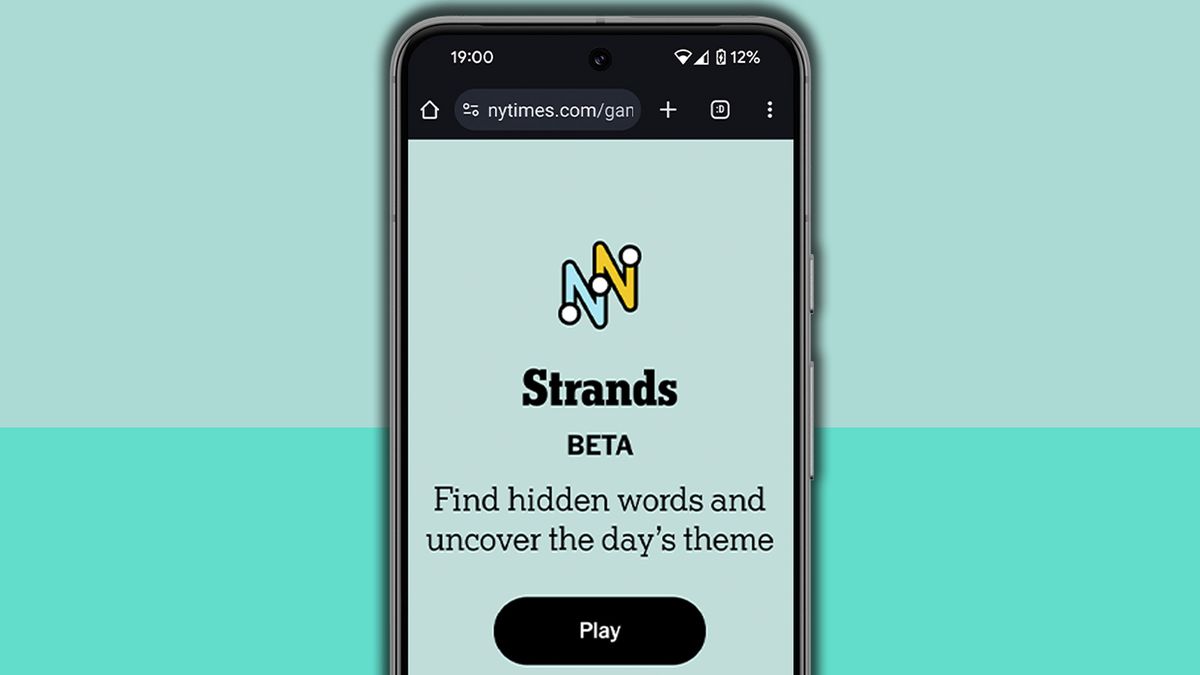
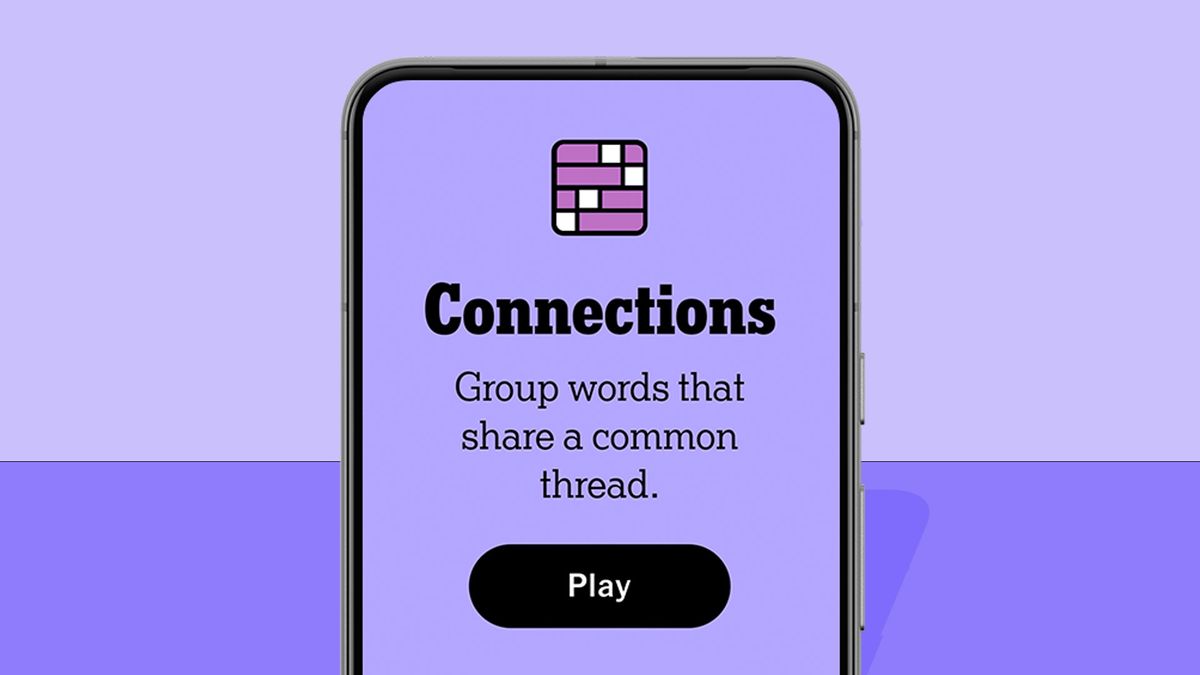



 English (US) ·
English (US) ·